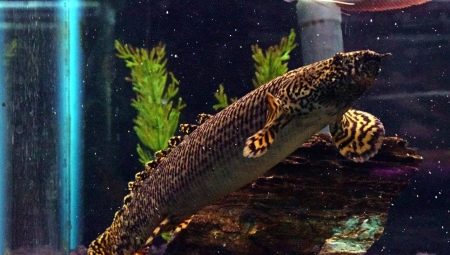Not all aquarists prefer to start only standard-shaped fish. Many people like more unusual species, such as polythers, which can even seem somewhat harsh. Like any fish, the polyperus requires compliance with certain maintenance rules, but not everyone knows how to properly care for these individuals, with which inhabitants of the aquarium they get along and how to reproduce them. All these nuances will be described in detail in this article.
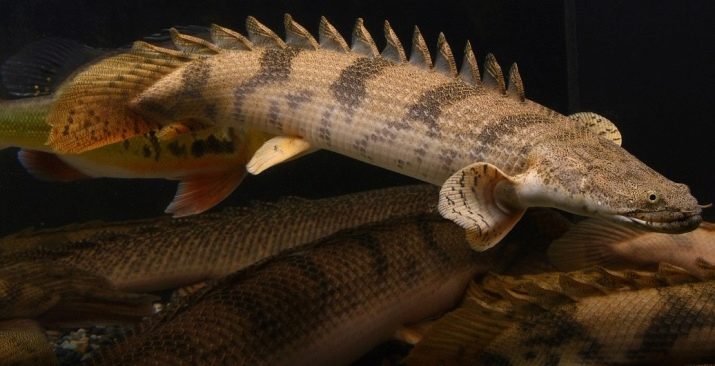
Description
Such a fish as polytherus is considered by scientists to be one of the most ancient inhabitants of the planet. This is evidenced even by the very shape of her body that is very unusual for most aquarium fish. Its skeleton resembles that of a shark and consists more of cartilage than of bones. Another sign of the antiquity of the breed is the ability of such animals to breathe oxygen.
Like the lungs of mammalian animals, the bubble of this fish consists of two compartments. Also, representatives of this type of fish have a well-developed sense of smell, which helps them to move around the muddy bottom space. However, polypterus vision is hardly good.
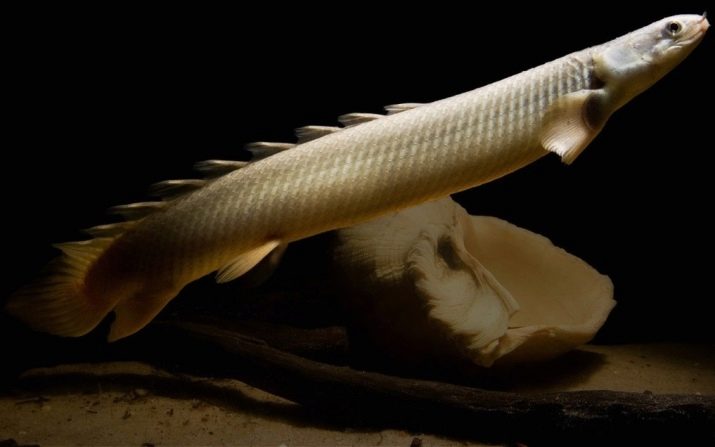
The appearance of these animals is sometimes compared with the appearance of snakes. They have a long elongated body, which does not exceed 90 cm. On the wide head, in addition to the eyes, you can also see large nostrils.
The scales covering the body of the fish are quite large in size and diamond-shaped. It is noteworthy that by studying the scales of these fish, scientists found in it substances that were present in the scales of the ancient extinct fish.
The unusual structure is inherent in the dorsal fin of this fish. Its beginning falls on the middle of the back, and it ends in the tail of the body. Atypical of its structure is also the fact that it consists of separate vertebrae, around which fins are formed. These vertebrae are arranged in a row, they can rise or start depending on the needs of the fish. Their number is from 15 to 20 pieces.
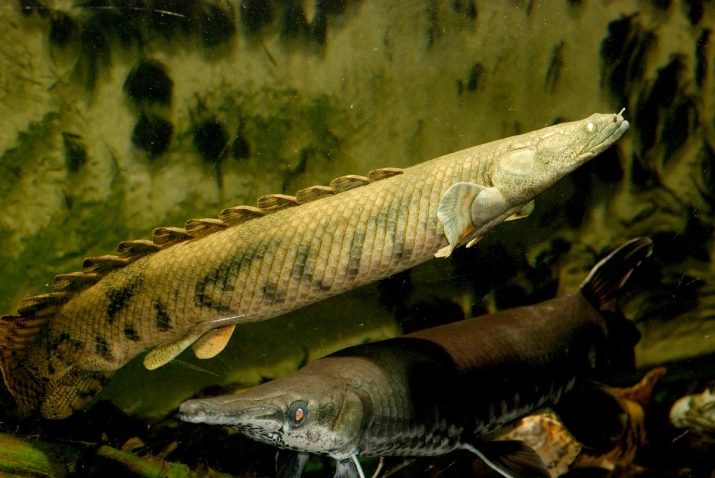
As for the pectoral fin, it consists of two bones, which are separated by a cartilaginous formation. These fins help the polypterus both travel distances and relax while serving as a support.
The natural environment for the accumulation of polypteruses is shallow fresh water bodies located in India and Africa. They do not like light, often find shelter in various thickets growing at the bottom. The color of the scales of this fish depends on the species to which it belongs. Flakes can be gray, beige, contain darker or brighter blotches and patterns on their surface. Among these fish, albinos are also found.
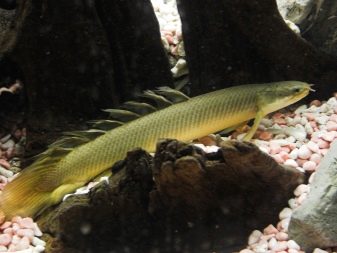

Species diversity
There are various types of polypterus, whose names hide sets of unique characteristics. Consider the most famous varieties.
- The most active representative is the Sinegal species of polypterus.. He is also characterized by such qualities as curiosity, perseverance, as well as friendliness in relation to both his relatives and other larger fish. The length of his body can be from 30 to 40 cm.
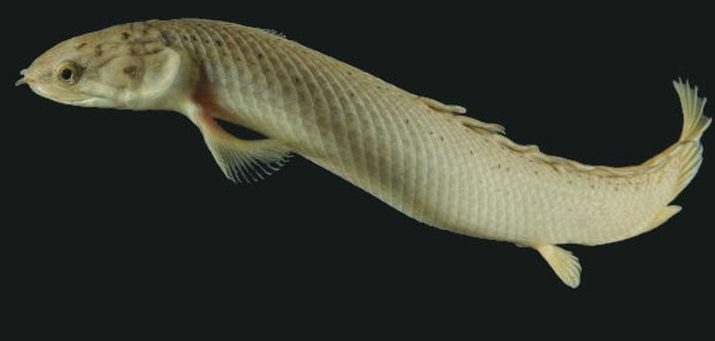
- Much larger is the view of the endlicher, whose body length reaches 75 cm. The activity of this polypterus manifests itself mainly at night, and during the day it is rather slow. On its scales, this fish has small horizontal stripes of black color.
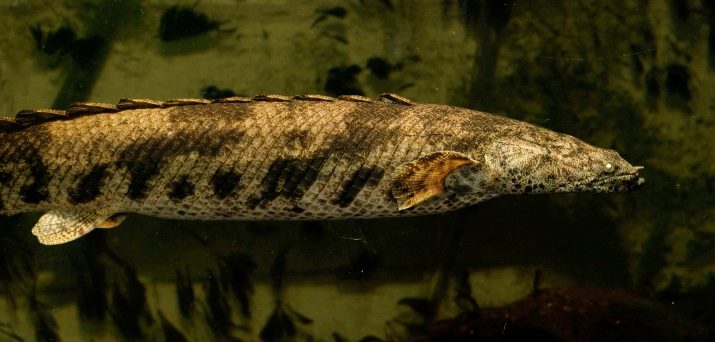
- Kalamoikht Kalabar has a much thinner body. The second name of this type of polypterus is a snake fish. He feeds mainly on small fish. He is also able to seep into various crevices and depressions using the structure of his body.

- The marble dragon or polytherus ornatipinis has a very interesting color. Brown-gray scales are covered with a white-marbled pattern, while the abdomen is colored yellow-white. On the head of this fish there is a pattern in the form of a net. The body length of a marble dragon is only 0.4 m. In an aquarium, such a predator will show only during feeding periods.
By nature, this fish is quite aggressive, shows real agility in search of a victim.
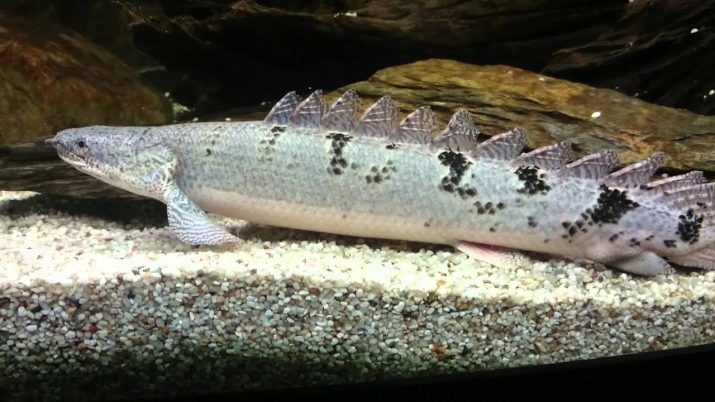
- Polytherus of the species of delgesi It has a fairly bright color. The size of its body is small - only 35 cm. During the day, such a fish practically does not show activity and mainly remains in shelter.
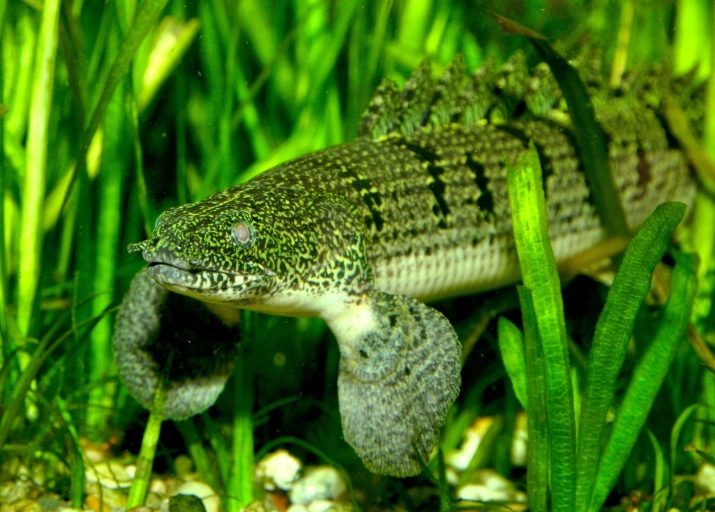
- The largest representative of polypteruses is Uixia, whose body is 90 cm in length. It is characterized by a gray-green color, massive fins. This species will be more likely to be found in aquariums than in a home-type aquarium.
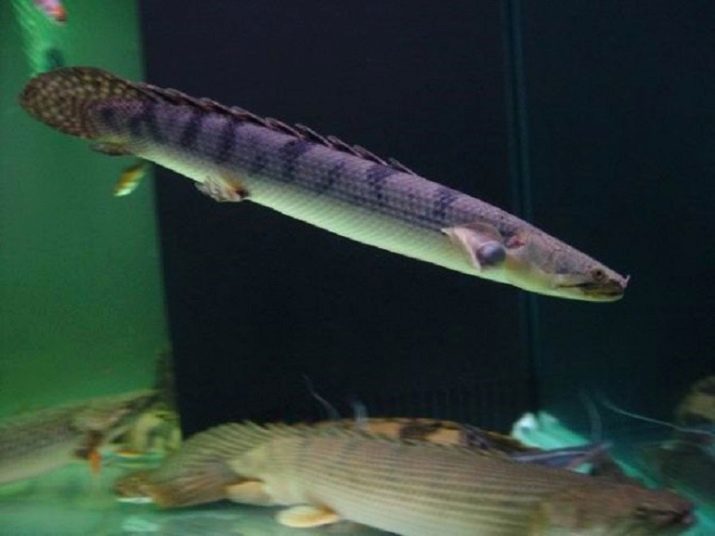
- Polytherus lapradi is also popular among aquarium fish lovers. This multi-feather, originally found on the African continent, has a greenish color with dark spots and a body length of up to 74 cm.

- The gray-yellow fish of the species Polyperus palmas are small (36 cm). Above and on the sides of their bodies, gray color predominates, while the abdomen is yellowish. Due to spots on the sides of the body, a dense mesh-like pattern can be observed. Initially, representatives of this species lived in African swamps.
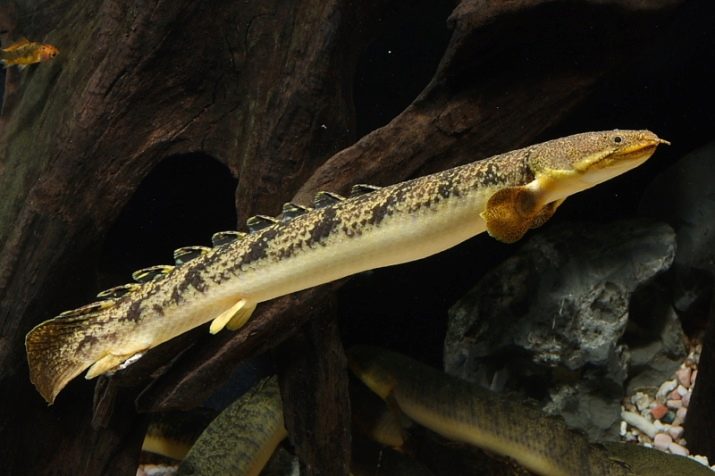
Compatibility
Remember that the comfort of staying in the aquarium tank is significantly affected by its relationship with other fish. There are a number of fish, the neighborhood with which in the same aquarium will be good for individuals of polypterus. These fish include the following:
- astronotuses;
- Indian fish knives;
- cichlids;
- large barbs;
- blue cancers;
- African cancers.
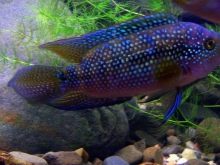


But this happens mainly due to the deterioration of their vision. In groups it is better to settle only young polypteruses, while with adults it is better to refrain from such experiments.
It is worth noting that in a general aquarium, polyteruses are unlikely to get along with sucking catfish. The habits of these fish are incompatible with each other. Remember also that different species may react differently to the neighborhood in the aquarium. Some polypteruses, such as large endichlera, get along better in the tank without the company of other inhabitants.
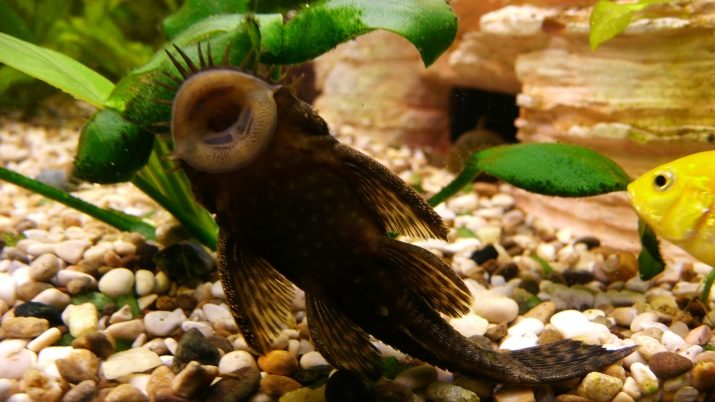
Growing conditions
Keeping fish such as polytherus in your tank requires a number of conditions. Only when taking into account the following nuances the fish will be as comfortable as possible in your home:
- the minimum tank size should be 200 liters; the more spacious the home of the polypterus, the better it will feel;
- the lid of the container should be firmly fixed, but at the same time equipped with holes that allow oxygen to pass through, it is better to leave an air gap between the surface of the lid and water; despite being at the bottom of the tank, the fish periodically needs oxygen, they swim upstairs;
- indicators of water acidity should be equal to 7;
- the preferred temperature in the tank for these fish is from 25 to 30 degrees Celsius;
- water hardness should not be more than 20 units, but its exact indicator is not so important, since many species can live in both soft and hard water;
- the aquarium ecosystem will be better if aeration is carried out in it;
- in no case do not neglect the use of the lid on the aquarium, otherwise such a fish may simply crawl out or even jump out of the water;
- water change in the aquarium with this fish is carried out once a week by 25-30%, while water should be settled in advance; it should not include impurities, including bleach;
- Be sure to equip the aquarium with a filtration system;
- vegetation in the tank is optional, but it will not be superfluous along with stones and other decor.
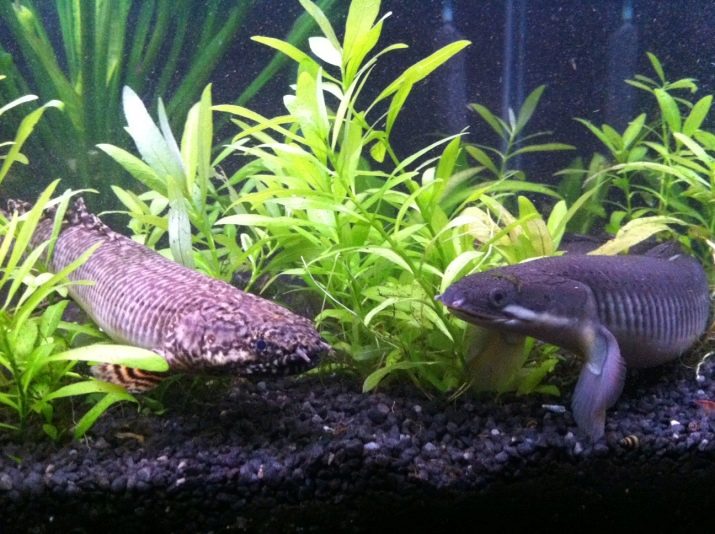
Proper feeding
A diet of polypterus is better to compile, focusing on the natural needs of this fish. Under natural conditions, they are predators, so most of the feed should be live. It could be zoobus, worms, bloodwormsalso fit shrimp, squid pieces, small fish.
The latter options are especially preferred for the marble dragon. Treats for polypterus should be varied.
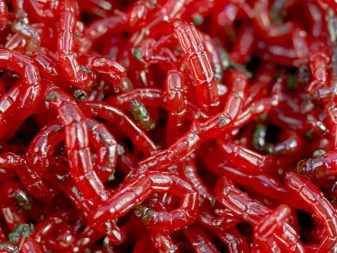
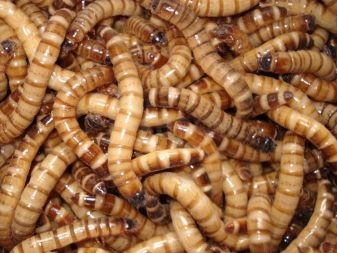
Therefore, sometimes components such as mussels, pieces of beef, fry. If you use ready-made dry mix for top dressing, be sure to pay attention to the date of its production and shelf life. And it is better to give preference to packaged options, rather than by weight.
Sex differences and reproduction
Some people decide to propagate an aquarium polypterus on their own. Before you do this, you need to understand the main signs of sexual differences in individuals. As such, there are no direct signs of difference, especially in those individuals that have not yet reached puberty. But indirect signs are such as the presence of a thicker and wider anal fin in males. The thickness of the dorsal fin is also more impressive. However, in terms of overall size, females tend to outperform males.
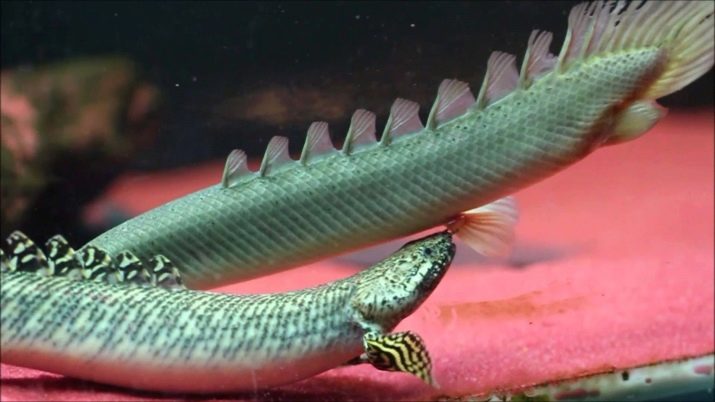
The process of breeding this fish is quite laborious, but it can still be done.
Consider the factor that in the natural habitat the so-called mating season for such a fish occurs in mid-July and lasts three months. To stimulate the spawning process, cool the water in the tank slightly.In the process of mating dance, the male and the female touch bodies, sometimes they can also bite each other.
The female lays very small eggs to see them, take care of the don coating in advance. A convenient option would be the moss of Krismas, string or Java. As soon as the eggs are laid, the moss should be removed with it, otherwise the parents can eat their offspring.
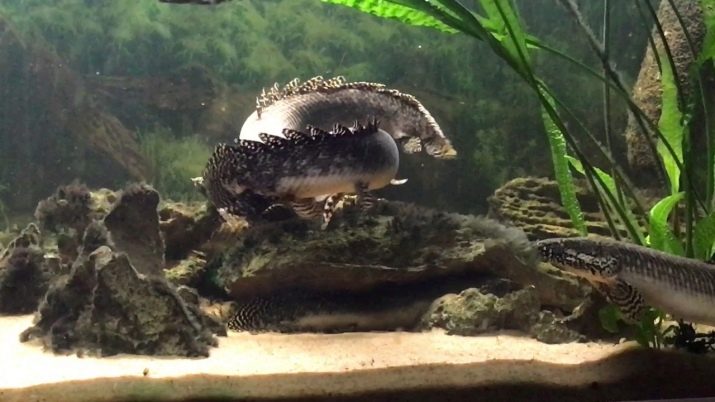
Having moved the eggs to a separate tank, wait for the emergence of fry. It should occur on the 4th day after the day of spawning.
Feeding newborns should be done with nauplii brine shrimp. You may notice external gills in some of the small polypteruses, but there is nothing to worry about, because with time they will disappear. Since these fish are predatory, they begin to hunt soon after birth. During this process, strong individuals can destroy weaker relatives. To preserve a larger number of offspring, separate the larger fish and transplant them into a separate tank.

Disease
Before you start polypterus, you should familiarize yourself with the following possible ailments in advance from which they may suffer, as well as the reasons for their appearance:
- obesity is the result of too frequent and abundant feeding;
- if you do not clean the filter, then the fish may experience ammonia poisoning;
- if the body of the fish is affected by monogeny, then it begins to swim more often to the surface of the water to swallow air, and also becomes extremely motionless, all the time lies on the bottom; monogeny especially affects the area of the head, which happens quite quickly; treatment should be carried out with the help of "Azipirin".
About the contents of polypterus see below.
